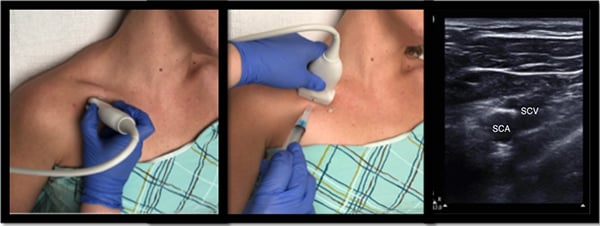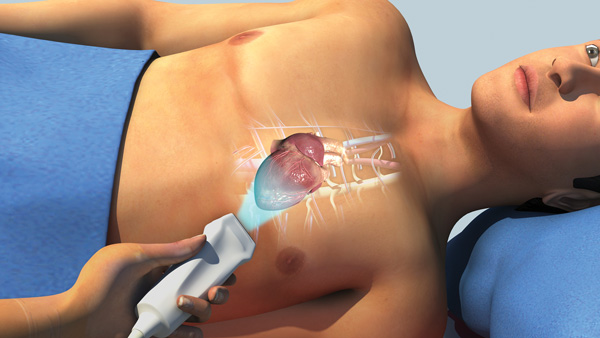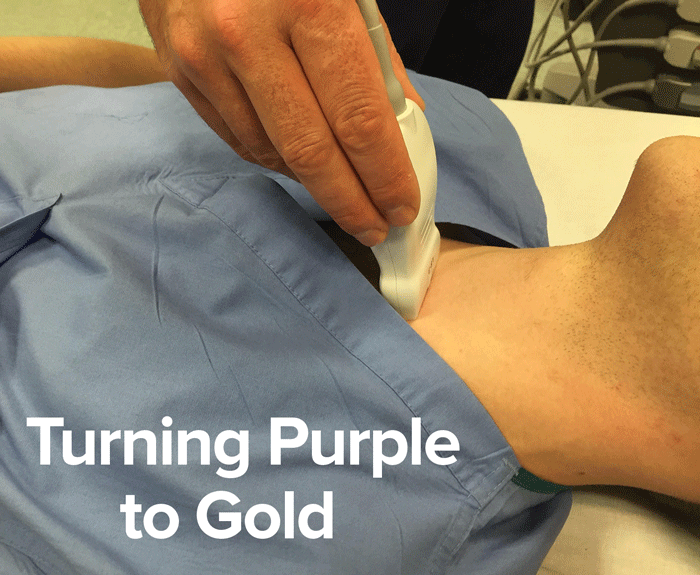Four years of training, 6 complementary clinical learning environments, 27 years in existence, 61 resident brothers and sisters, 100+ faculty teachers and mentors, 300,000+ patients served every year, and alongside the 8.5 million people sharing America’s largest, most diverse city. By the numbers, the NYU/Bellevue Emergency Medicine Residency easily stands outs. But our core identity is in the belief that outstanding clinical care, social justice, and innovation for the future of emergency medicine go hand in hand.
Clinically, the NYU Langone Medical Center and Bellevue Hospital Center – a leading academic medical center and the nation’s oldest public hospital – provide a complete clinical learning environment. Emergency Medicine is practiced in a wide variety of clinical settings, we strive to ensure our residents gain the skills and experience that will prepare them to practice in any one of them. We strongly believe in the 4-year format. Whether through senior time in critical care units, allowing PGY4s independently managing teams, or a toxicology rotation with any of our 11 faculty toxicologists, we make sure to use all 4 years to the fullest to provide a complete training experience.

















